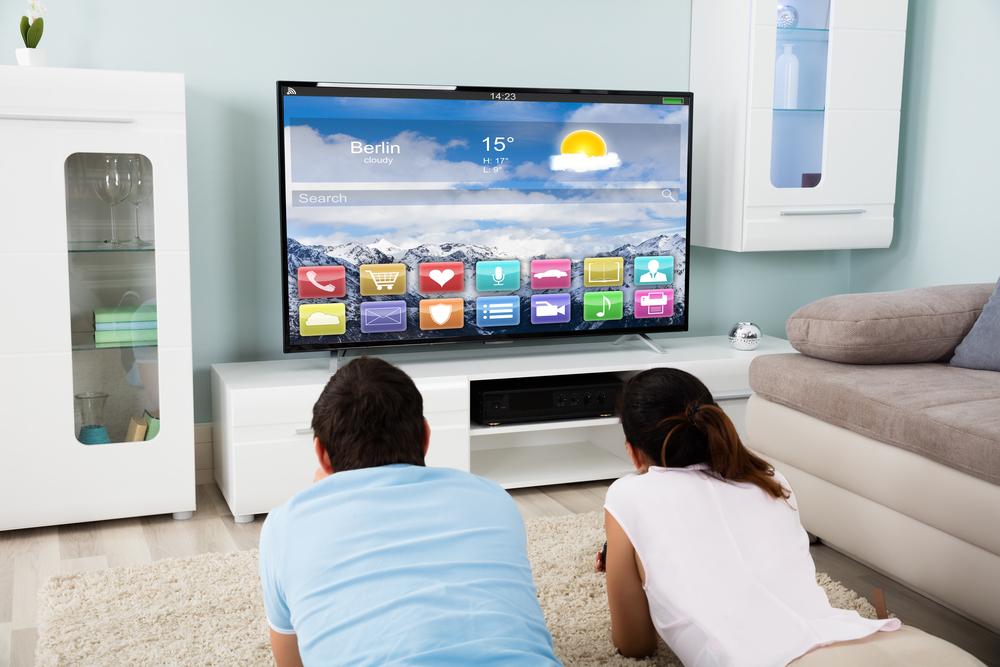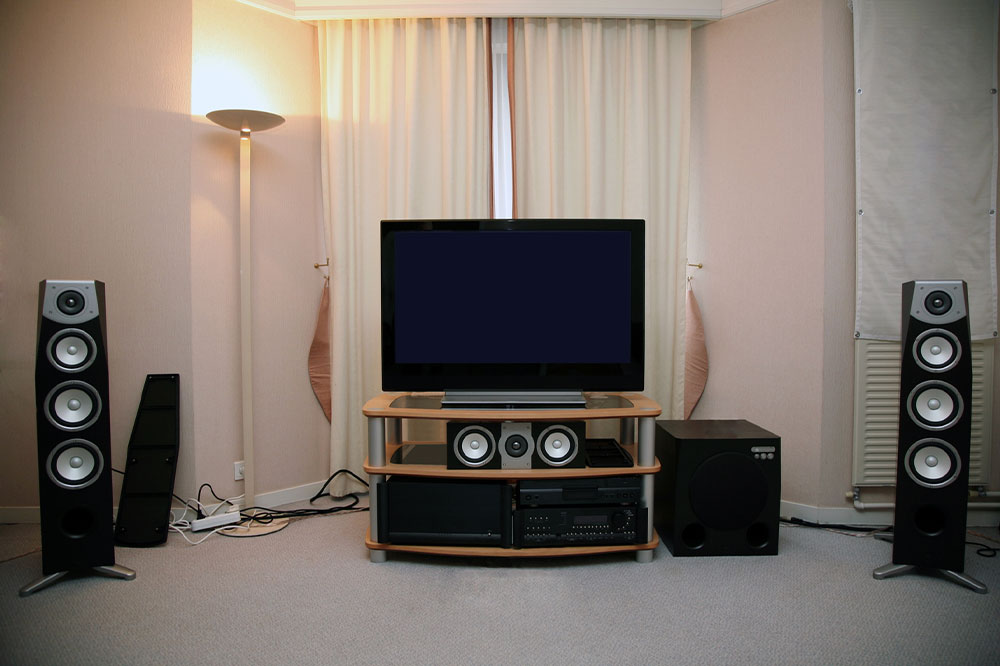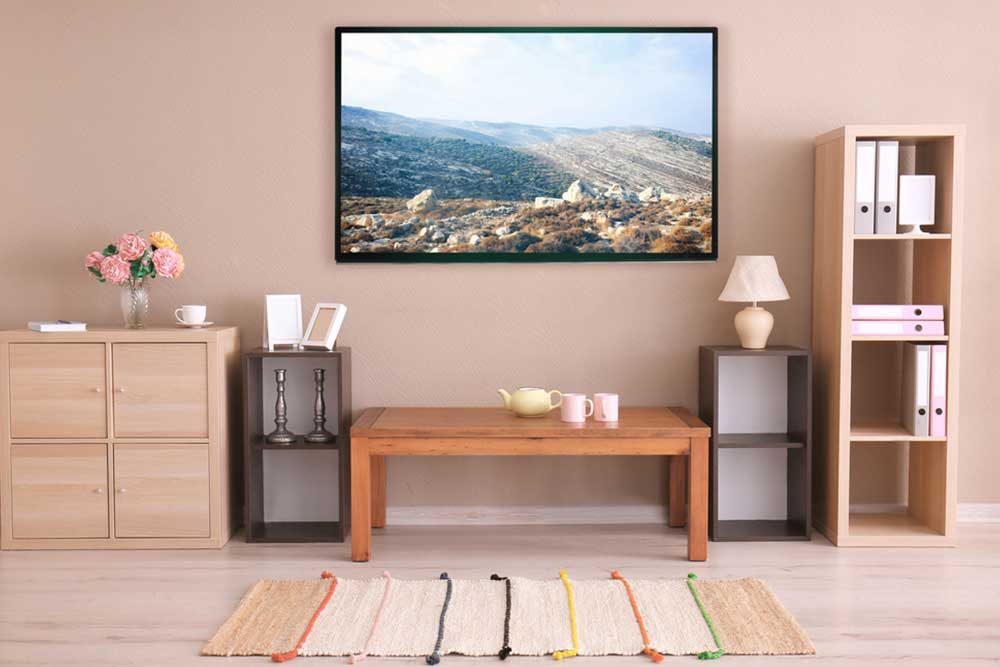Ultimate Guide to Selecting the Ideal 4K Television for Your Home
Discover comprehensive tips for choosing the perfect 4K television, from resolution standards and HDR support to panel technology and gaming features. This guide helps you identify the key factors to ensure optimal viewing experiences, whether for movies, gaming, or everyday entertainment, making your investment worthwhile. Learn how to differentiate between true 4K displays and upscale models, choose between OLED and LED panels, and pick features that suit your preferences and budget for an immersive home entertainment setup.

Essential Factors to Consider When Purchasing a 4K TV
In today’s rapidly evolving home entertainment landscape, choosing the perfect 4K television can seem overwhelming due to the wide array of brands, features, and specifications available. With so many options on the market, it's vital to understand key aspects to make an informed decision that offers both quality and value. A 4K TV, also known as Ultra High Definition (UHD), provides stunning clarity and sharpness—far surpassing standard HD. To maximize your viewing experience, consider various technical standards, display options, and additional features tailored to your preferences and usage scenarios. This comprehensive guide aims to walk you through every essential factor, from resolution verification to panel technology, ensuring that you find a television that elevates your home entertainment to the next level.
Confirm True 4K Resolution: The foundation of a great 4K TV is its resolution. Ensure that the display offers a resolution of 3840 x 2160 pixels, providing crisp, detailed images that are four times sharper than traditional HD (720p). Not all TVs labeled as 4K are true 4K; some may have only fake or upscaled resolutions, which can compromise image quality. Always verify the specifications before purchasing to guarantee true 4K performance.
Look for UHD Premium Certification: To ensure your TV meets high standards for color accuracy, contrast, and HDR performance, check if it has UHD Premium certification. This standard indicates that the device supports advanced features like a wide color gamut, high dynamic range (HDR), and a high contrast ratio, resulting in vibrant images with more details in dark and bright scenes.
HDR Support is Essential: High Dynamic Range (HDR) enhances the contrast between darkest blacks and brightest whites, creating a more realistic and immersive viewing experience. Look for models supporting HDR10 or Dolby Vision, which are the most widely used HDR formats, ensuring that your content displays with rich colors and improved depth.
Display Design – Flat or Curved: The choice between flat and curved screens largely depends on your aesthetic preferences and viewing environment. Flat screens are more common and can be easier to integrate into various room setups, while curved screens can provide a more immersive experience, especially in larger rooms or home theater settings.
Color Depth (10-bit Technology): A 10-bit panel enables the TV to display over 1 billion color shades, creating smoother gradients and more accurate color reproduction. This technology ensures that images appear more lifelike and visually appealing, especially when viewing HDR content.
Panel Type – OLED vs LED: Understanding the difference between OLED and LED panels is crucial. OLED screens allow individual pixels to emit their own light, resulting in perfect black levels, superior contrast, and better overall picture quality. Conversely, LED panels are backlit displays that can be more affordable and often brighter but may not achieve the same black levels as OLEDs. Your choice depends on your priorities for contrast and budget.
Gaming Features – Low Input Lag and High Refresh Rates: For gamers, features like low input lag (ideally under 20 milliseconds) and high refresh rates (120Hz or above) are vital for a smooth gameplay experience. These features reduce motion blur and delay, providing a more responsive and immersive gaming session. Check if the model supports gaming modes or HDMI 2.1 for enhanced compatibility.
Additional Considerations: Other aspects that can enhance your viewing experience include smart TV capabilities, the number and type of HDMI and USB ports, built-in speakers, and compatibility with voice assistants. Ensure that the television you select aligns with your connectivity needs and entertainment preferences.
Making an Informed Decision for Your Perfect 4K TV
Choosing the ideal 4K television involves understanding and balancing multiple factors. Beyond resolution, features like HDR support, panel technology, display design, and gaming capabilities are critical to meeting your entertainment needs. Proper research and knowledge of the latest standards will help you avoid unnecessary expenses and select a device that provides excellent picture quality and longevity. Whether you’re a cinephile, a casual viewer, or an avid gamer, investing time in understanding these key differences ensures that your new TV will be a source of joy and immersion for years to come. Remember, the right TV not only enhances your viewing pleasure but also complements your living space, making it a centerpiece of your home entertainment system.





